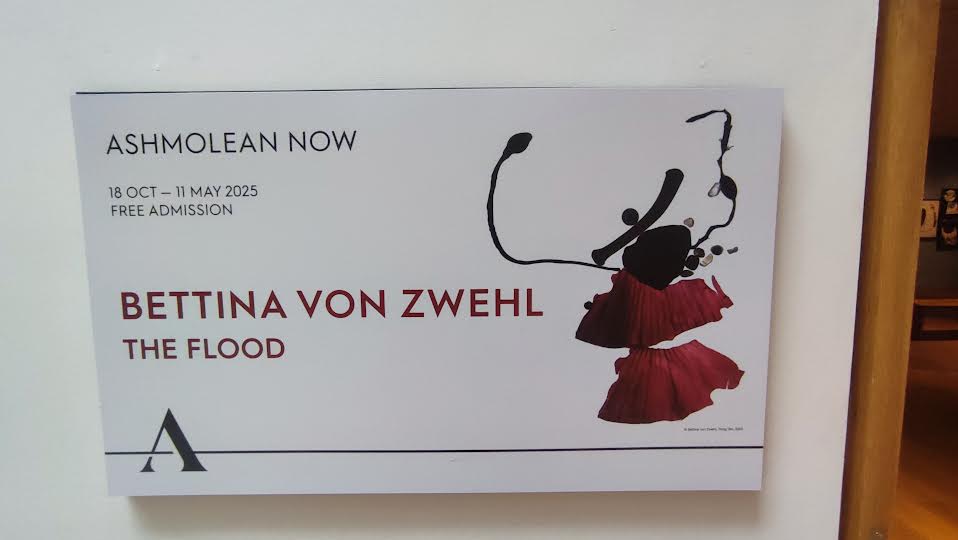Gallery 13 - Fashion - Manchester Art Gallery - Review
★ ★ ★ ★ ☆
I enter from the right, coming straight from the staircase, neglecting Lowery and Valette, and continue straight on towards a Harvey Ball style smiley face, stuck on the outside of a cabinet, covering the place at which a mannequin’s head would have been. The mannequin inside wears a yellow dress.
 |
| Image via fashionexhibitionmaking.ac.uk |
While the gallery is titled “fashion”, every subdivision
concerns ‘Couture’. A seed collection, works of big-name designers, has been
transformed into quite a brilliant exhibition. Brilliant, first, in its
transparency. The reverse wall, left and behind as I enter, showcases ephemera
left over by the exhibition team. A steady progression from mind-maps, through
mood-boards, to floor-plans and sketch ups. Both the drive and the focus of the
exhibition team is apparent in their workings.
Already, colour is used to great effect. Text is highlighted
in yellow, signifying the theme of ‘storytelling’. A set of A4 sheets of paper
tiled on the wall bear the transcript from a long-form interview with
performance artist and drag queen Cheddar Gorgeous. Aspects have been
highlighted, teasing out the punchier quotes around fashion and its effects.
Purple, too, is used to evoke value. A purple cloth obscures a light-sensitive
coat.
 |
| Image via Manchester Art Gallery |
The centrepiece to the gallery is a stage, upon which stands
another mannequin sporting a floral yellow and black dress, with matching
headpiece. Couture, rather than fashion, is the key. This outfit is a statement.
Around it stand a number of easels, each with short, provocative, instructions to
take time to notice the details. Visitors are encouraged to sit and sketch. The
easel text ends with the command to “savour the moment”. Even at 4:30 on a Tuesday,
people are responding, sitting and sketching, leaving their sketches for others
to see. This encouragement for close-looking is evidently effective.
Near to the stage stand two plinth-like cabinets, close to,
but not, touching. Within these stand two mannequins, their right hands almost
touching, prevented by the glass and space between. They appear to be dancing.
One sports a western ballgown, the other, eastern formal dress. The parallels
are clear. On the outside of the glass, each case carries a list of the component
parts of the dresses, and the materials they are made from. These invite the
visitor to engage in the complex materiality of the couture within the exhibition,
each dress being a multilayered compound of various fabrics.
Towards the rear of the gallery are more mannequins, this
time with heads. A video screen projected onto the case-glass shows a 3-D
deconstruction of one of the dresses, exploring the composite shapes that together
create an early 1950’s Balenciaga evening coat. Everywhere couture is
referenced. Behind the mannequins runs wallpaper fabric, printed with textual
interpretations of the artform. Art and the artistic process of couture, is
foregrounded throughout.
Besides this stands a solitary mannequin released from the
glass cabinets. Despite a small sign reminding the visitor not to touch, this
dress feels all the more present and real within the room. It is a
collaboration between Westwood and McLaren. The exhibit is used to talk about
Westwood, with a sample of her handwriting printed large behind the model. A
video plays, sound audible to the whole gallery, on Westwood, interviewing
those who interacted with her. It is not too disruptive, the sound producing the
‘museum effect’, tying the space together.
The final set of cabinets is arrayed in a quarter circle, forcing
an attentive visitor, one who wishes to read all the panels, to stand almost
surrounded by faceless mannequins. A reversion of observation. This exhibit is
the most sensationalist, and, compared to the thoughtfulness of the rest of the
gallery, seems almost haphazard. It is a veritable parade of all the famous
names of couture. A catalogue. I found myself comparing the dresses, finding
the ones I preferred. My favourite ultimately was a design by Stella McCartney,
which incorporated linework orange faces onto a black material. The material
comparisons here are fun to pick apart, and one could spend a while picking
apart the similarities and differences in design. Behind these, banners simply
list names of famous designers, one after another.
 |
| Image via K. Evans, Creativetourist.com |
It is only at this point that I notice that all mannequins
present a feminine form. Whether that is a product of the contents of the
capsule collection, or whether this was a specific curatorial choice, it wasn’t
immediately apparent. I suspect that the gendered form within the gallery had a
specific purpose, as well as the incorporation of drag to question this.
Ultimately, for a relatively small floor space, you could sink a lot of time into this exhibition. The detail paid to positioning and dressing the mannequins creates a vibrant, almost living space, and the incorporation of essentially life-drawing in the centre of the gallery provide ample chances for different modes of visitor engagement. One could come for the big names, for the insight into exhibition design, or for the contemplative act of sketching. Gallery 13 – Fashion – stands as an admirable gallery within an already admirable institution.
★ ★ ★ ★ ☆



Comments
Post a Comment